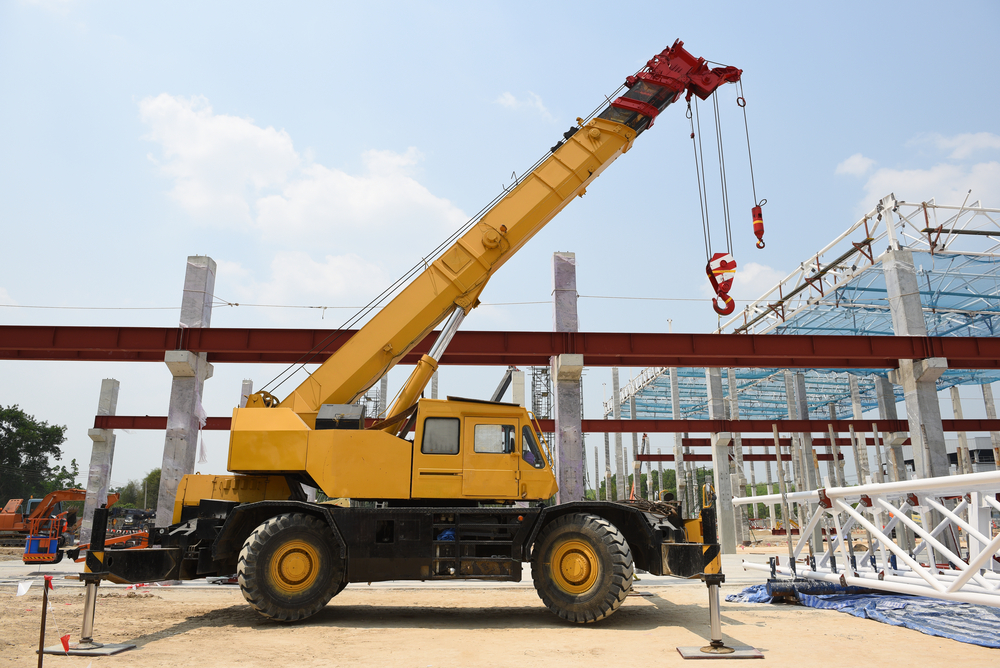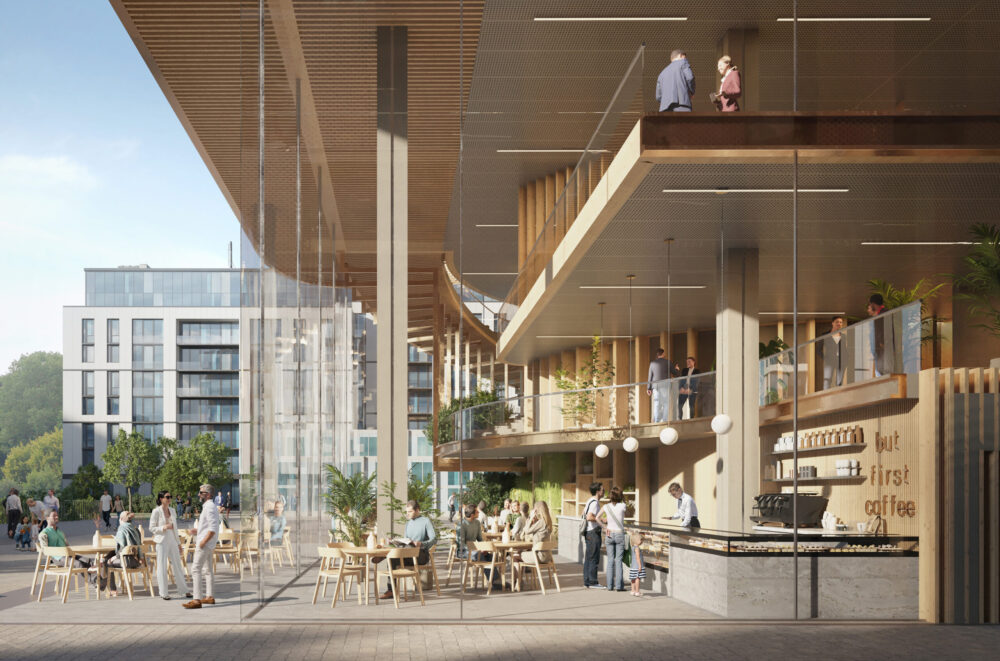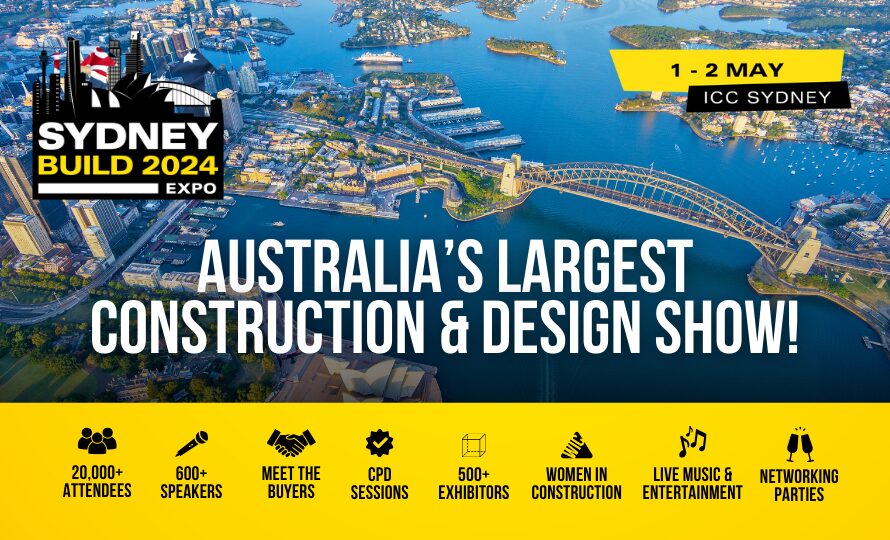
New research from the University of Queensland and Lendlease estimates that 40 per cent of construction machinery and equipment by energy use could be electric by 2030 – and this could rise to 60 per cent by 2040. But this leaves a big gap.
Lendlease is targeting net zero for Scope 1 and 2 by 2025 and absolute zero, for all scopes, by 2040. This aspiration, which Lendlease calls Mission Zero, requires the elimination of fossil fuels from construction sites.
Lendlease’s new report, Stepping Up the Pace: Fossil Fuel Free Construction, follows a detailed literature review from the University of Queensland. This found battery electric machinery is economically competitive over its operational lifespan, provided the right charging infrastructure is planned from the outset.
There is still limited availability of electric equipment and machinery in Australia, but UQ estimates that electrification could reach 40 per cent by 2030 and 60 per cent by 2040. This still leaves a 40 per cent gap – clear evidence that construction is hard to abate.
Lendlease launched the report at Green Building Day in Brisbane and has been “delighted” by the positive feedback, says the report’s author and National Sustainability Coordinator, Abigail Heywood. “Initial comments have been positive. People understand this needs to happen.”
But some people have been surprised to discover that electrification is so far away, Ann Austin, Lendlease’s Head of Sustainability, adds.
“The research clearly shows we can’t afford to put all our eggs in one basket. As we move towards electrification at speed, we need to also ramp up our use of renewable diesel.”
Renewable diesel is an advanced biofuel made from animal fats, vegetable oils and greases. Because it is chemically identical to conventional diesel, renewable diesel can be used without the need to modify existing machinery.
Lendlease is already using renewable diesel across several construction projects in the United Kingdom, including Google’s headquarters in London. A trial on One Sydney Harbour’s third residential building is also underway. But as renewable diesel is not commercially available in Australia, biodiesel – a cleaner alternative to mineral diesel, but far from zero emissions – is being used on other sites.
“We have started to pilot our own projects in Australia even though it’s not commercially easy. We are learning, testing and easing the supply chain into the use of renewable diesel – because there is nothing like experience,” Ann notes.
Australia currently has no low carbon fuel policies to support either electrification or renewable diesel, no national biofuels program and no government subsidies.
Two renewable diesel refineries in regional Queensland are in the pipeline, with production set for 2025. In the meantime, feedstock like tallow and used cooking oil is exported overseas to be transformed into renewable diesel in other markets with low-carbon fuel policies.
This points to advocacy work ahead, Abigail says. “Now that we have identified the barriers, the next step is to break down those barriers – with demonstration projects, supportive policy and financing, and with industry education. We will continue to share what we learn from our demonstration studies so we can build momentum.”
Lendlease is also working with the Green Building Council of Australia to establish a new Green Star Innovation Challenge for fossil fuel free constructions sites.
“This is another way we can help to build competence, experience and relationships with suppliers so that we can all move together towards fossil fuel free construction,” Ann concludes.












